Gnoll
The gnoll is an intelligent, monstrous hybrid species with the combined features of a mortal and a hyena. Originally indigenous to the continent of Nioa, gnolls first appeared at the end of the Dawn Era in what is now known as the Salts region of the Mashiq. They quickly spread throughout the Mashiq and Lower Shanindar and then across the then-accessible landbridge of Hakonia and established a homeland in the Nyasi Plains of Eastern Hakoa. Small colonies of gnolls have since established themselves in parts of northern Auloa, the Ruby Sea, and the Deccan subcontinent of Iroa.
According to legend, the first gnolls were actually hyenadons that fed upon the remains of demons slain during the War of the Dawn. The baleful ichor of these monsters transformed the scavengers into hulking bipeds and endowed them with a cruel intelligence. Consumed by an unshakable hunger and desire for destruction, these gnolls went on to pledge themselves to the Daughter of Death herself, the Unspoken One known as Zaguna. Though she and her followers were ultimately defeated and sealed within the Burning Labyrinths, many gnolls survived into the Mithril Era, where they continued to wreck havoc upon the civilized world.
Today, gnolls are widely despised, particularly among the followers of the Heavenly Council and the settled peoples of Holos . These folk regard gnolls as feral brutes, untameable and beyond redemption due to their demonic origins. As a result, much of the previous scholarship on gnolls has been tarnished by cultural prejudices and sensationalized hearsay.
Basic Information
Anatomy
Gnolls are hybrid creatures, with the combined traits of both hyenas and mortals. Their heads and skulls appear to look like those of hyenas, with rotating ears; dark, forward-facing eyes; and massive, bone-shattering jaws. Unlike true hyenas or hyenadons, gnolls have enlarged craniums which allows them to have far larger brains than their mundane counterparts.
At their full height, gnolls can grow to over seven feet tall. However, their broad shoulders and prominent traps muscles force most into a hunched posture. These prominent muscles are often covered in thicker fur or a mane of coarse hair, which can be used to communicate. This posture also forces gnolls to move in a hulking manner or a loping-kind of run.
Gnolls have large, raptorial hands that end in four digits including a thumb. Each digit has a blunt nail or claw and a callused paw pad to aid with gripping objects. Gnolls have jointed hind quarters like many quadrapeds, allowing them to move relatively quickly on all fours. Their feet end in four nailed digits as well, and most gnolls walk on their toes rather than the soles of their feet.
Like their mundane relatives, gnolls have jaws and teeth designed to snap bones and break down course animal parts. The carnassials, especially the upper, are very powerful and are shifted far back to the point of exertion of peak pressure on the jaws. The other teeth, save for the underdeveloped upper molars, are powerful, with broad bases and cutting edges. The strength of their jaws is such that a skilled gnoll warrior can crush the windpipe of a mortal with a single bite while not breaking the skin.
Genetics and Reproduction
Mating between gnolls involves a number of short copulations with brief intervals. Gnolls are highly matriarchal with female gnolls usually having multiple subservient male partners. Long term pair bonding occurs among some gnolls in societies where such relationships are encouraged. Males will show submissive behavior when approaching females in heat, even if the male outweighs his partner.
The lack of apparent female genitalia among gnolls has led some to believe that there is no such thing as a female gnoll. This is because, like their hyena cousins, female gnolls have pseudopenises, which are actually a kind of elongated vaginal canal. Due to the unique morphology of female gnoll anatomy, males are physically incapable of rape, and female gnolls must dictate the pace and initiation of sexual intercourse.
The length of the gestation period tends to vary greatly, though 110 days is the average length of time. Because of their complex sex organs, childbirth for female gnolls is a taxing and dangerous affair; and is often accompanied by cultural and religious ceremonies. The average litter consists of two cubs, with three occasionally being reported.
Growth Rate & Stages
Gnoll cubs are born with soft, golden-brown hair, and weigh 1.5 kg on average. Cubs will nurse from their mother for 12–16 months, though they can process solid food as early as three months. In traditional gnollish communities, males are forbidden from taking part in cub rearing, only acknowledging their offspring after the cubs have reached adolescence. Cubs begin to lose the yellow coat and develop the spotted, darker colored pelage of the adults at 2–3 months.
Ecology and Habitats
Over the centuries, gnolls have often been pushed into undesirable lands or the rugged wilderness. They thrive on the edges of mortal territories such as hill country, mountain ranges, badlands, or steppe savannah.
The traditional homeland of the gnolls is believed to be the Nyasi Plains region of Eastern Hakoa. The Nyasi is known for its arid semi-desert uplands and open savannah. Gnolls have since spread throughout most of Hakoa however, and are well suited for life in most arid, tropical environments.
In Nioa, gnolls have established presences in sections of the Bashari Timberlands as well as the now-depopulated Chelmaea. In the Bashari, they live as woodland bandits, preying on mortal caravans and competing with bugbear and wood elf for resources. In Chelmaea, gnolls are more nomadic, following herds of wild sheep and camels while also waylaying travelers from Shanindar and Jeharoa.
Dietary Needs and Habits
Gnolls, like their hyena cousins, are obligate carnivores, meaning that their diet has to be primarily composed of meat in order for them to maintain a healthy lifestyle. Their powerful jaws and tendon-tearing teeth are not only designed to consume flesh but also to process coarse tissue and offal, as well as bone. Many traditional gnoll societies, such as those of the Nyasi, practice cannibalism and have no taboos against eating mortals or other intelligent creatures.
Gnolls are ambush predators preferring to hunt at night and in environments they are familiar with. They prefer to use simple weapons like spears, bows, slings, and daggers to more complex well-crafted weapons.
When it comes to hunting targets, gnolls are relatively indiscriminate. Like most large pack predators, gnolls instinctively hunt down the weak in a population. However, due to their high metabolism, a single gnoll can eat as much as 20 lbs. of meat in a day, though this average is sometimes skewed by periods with no food. As a result, gnolls tend to go for prey that have the largest meat to ease of capture ratio. However, because of this, once all the large game in a territory is exhausted, many gnoll cackles turn their sights on mortals.
Additional Information
Social Structure
Gnoll society revolves around the pack, called a cackle by some more poetic ethnographers. Each cackle is lead by a dominant female, sometimes called an ukazi or a “Mistress of Zaguna,” who dictates the entire social ordering of the cackle. In their natural habitat in Eastern Hakoa, gnolls live in the same way they have for generations, hunting gazelle, wildebeest, and antelope in small cackles numbering between 10-15 individuals. Larger cackles are rarer on the Nyasi Plains, as these gnolls are familiar with the threats of overhunting. However, in the more fertile Ulukanda Rift Valley, gnoll cackles can grow much larger, with some bands reaching as many as 50-70 adult individuals.
Traditional Hakoan gnoll societies are highly territorial, with each cackle competes with one another for hunting grounds throughout the year. The conflicts reach their most fevered pitch around the time of the Midsummer Migrations, when large numbers of game move from the arid Nyasi Plains in the north, to the fertile Lake Country of Ulukanda and Kasamansa beyond. Along with the nomadic peoples of Eastern Hakoa, these gnolls are often in conflict with Ulukandan centaurs, who though mostly vegetarian, do engage in ritual hunts. Some have speculated that the animosity between Ulukandan gnolls and centaurs is responsible for the common gnoll fear of equine mounted combat.
Beyond the Nyasi Plains and Ulukanda Valley, gnoll society grows more complex and diverse. In rural areas where agriculture is practiced, gnoll society tends to shift from hunting parties to bands of bandits, who rove the countryside killing beasts of burden and mortals alike. These cackles range in size from 10-50 individuals, though larger groups have been reported throughout history. Occasionally, these bands can be paid off with meat, luxury goods, weapons, or coin. However, gnolls have a reputation for reneging on their promises. This is usually explained as gnolls failing to understand temporal permanence. Compared with other warlike species, gnolls require frequent payment and feeding, making them often undesirable mercenaries.
In the larger cities of Hakoa or Nioa, a cackle may resemble a street gang or organized crime family. These groups are noted for their brutality but are frequently suppressed by the ruling elite or expunged by the rest of the criminal underground. Occasionally, gnoll cackles will venture beyond Hakoa and Nioa to Auloa and Iroa. However, in these foreign territories they tend to fall into poverty or become exploited by the elite. Some populations actively drive out gnoll cackles due to their violent reputation.
Average Intelligence
Gnolls are often characterized as brutish and unthinking, consumed by nothing more than the thrill of the kill. However, this interpretation leaves out much of the nuance of gnollish thinking. Gnolls are proven problem solvers and are exceptionally good at strategic thinking. They are highly attuned to changes in weather patterns and have a great deal of passed on community knowledge, including crafts such as hunting and tracking, blacksmithing, spear hafting, resource gathering, and even leatherworking and textile manufacturing. However, many insular gnoll communities do not think of time in extended periods, leading them to be constantly on the move, and unwilling to setting for long periods of time. This causes them to become restless and distressed and may even lead to violence. Gnolls that have managed to integrate into settled mortal communities do not display this aggressive need to for expansion and are able to speak multiple languages as well as read and write, if afforded the opportunity.
Perception and Sensory Capabilities
Gnolls are well adapted to night-time activities and tracking over long distances. They have an enhanced sense of smell, which gives them advantage on perceiving their quarries. They also have exceptional darkvision, allowing them to see in complete darkness up to 60 ft. as if it were dimlight and see in dimlight as if it were daylight.
Civilization and Culture
Common Customs, Traditions and Rituals
Birthing Ritual
In Zaguna worshipping cackles, the birth of a child is anticipated with an elaborate ceremony which involves the ritual sacrifice of a captured prisoner. The mother’s pseudo-penis is then cut with the sacrificial blade to allow the infant to pass through a widened birth canal. The mother then feeds on the sacrificial victim and if she is able to finish the meal, it is believed that her and her child will live long lives. If she cannot, there is a high chance that she will die from her wounds, and another member of the cackle must volunteer to rear the pup.
In Zaguna worshipping cackles, the birth of a child is anticipated with an elaborate ceremony which involves the ritual sacrifice of a captured prisoner. The mother’s pseudo-penis is then cut with the sacrificial blade to allow the infant to pass through a widened birth canal. The mother then feeds on the sacrificial victim and if she is able to finish the meal, it is believed that her and her child will live long lives. If she cannot, there is a high chance that she will die from her wounds, and another member of the cackle must volunteer to rear the pup.
Common Taboos
Mounts and animal riding
Many traditional gnoll societies, particularly in Hakoa, have a grave taboo against riding creatures. The action of mounting another creature is seen as giving one's power over to it as well as subjecting one's self to the other creature's sexual desires. As a result, these communities will only occasionally engaged in mounted combat. When they do, they do so by riding tamed hyenadons—usually of the opposite sex—as they claim that their genetic proximity to said creatures negates any taboo.
Many traditional gnoll societies, particularly in Hakoa, have a grave taboo against riding creatures. The action of mounting another creature is seen as giving one's power over to it as well as subjecting one's self to the other creature's sexual desires. As a result, these communities will only occasionally engaged in mounted combat. When they do, they do so by riding tamed hyenadons—usually of the opposite sex—as they claim that their genetic proximity to said creatures negates any taboo.
History
According to legend, the first gnolls were created at the end of the Dawn Era. During the War of the Dawn, the corrupted goddess Zaguna became the Mother of Demons and warred against the gods of the Heavenly Council. In her bestial form, the Daughter of Death proved a worthy foe for all but the strongest of the gods. Her demons ravaged the lands, their blood—a kind of black ichor that corrupted all it touched—fused where they fell, poisoning the earth and leaving it barren. Few of these places remain, such as the Bleached Path and the Gypsum Forest.
It is believed that following a great battle at the place known as Hebrakon,1 a group of scavanging hyenadons came upon the remains of a vast army of demons, slain in glorious combat by the Storm's Fury2 herself. Upon consuming the flesh of these creatures, the hyenadons became gripped by a murderous hunger and were compelled to devour the entire mountain of demonic corpses. In doing so, they were transformed; given a cunning intellect and a ceaseless hunger. These became the first gnolls and they rallied to Zaguna's defense many more times. The Unspoken One was impressed with their unbridled strength and rage and so she made her animal harbinger a hyena in their honor.
In the end, the Gloriae—the triple godhead of Uriah, Porcia, and Telerashi—managed to bring the Unspoken One to her knees. They bound her in chains fashioned from the sky2as her father Milcon, opened a great chasm that led to a place beyond Realm of Souls. Here, within the bowels of the Celestial Mountains, a vast labyrinths of flame and terror was made manifest.3 The Gods of Death and Justice agreed to watch all passageways to this accursed place and at its center bind Death's Daughter until the Twilight Age.
Despite being sealed away, Zaguna's influence upon the Material Plane remained. What gnolls remained escaped the wrath of the Heavenly Council, as the devils of Rheseldar and then the Dread Dragoness Valdra soon drew the ire of the gods. The gnolls fled, spreading to the arid and inhospitable pockets of Nioa and across the now-sunken land bridge to the wild lands of Hakoa itself. Over the centuries they established themselves in the rugged savannahs and scrublands, roaming from the Lazuli Coast to the Kousob Plateau and to Ulukanda, Nejhur, and Agazed beyond.
Great wars were fought between the gnolls and the mortals of Hakoa and Nioa, and the peoples of these lands grew bitter and hateful towards these hyenamen. Many of these gnolls consorted with wildmen and leucrotta, and with the aid of the Mother of Demons, they transformed them into bouda4 and jackalweres. They sent these foul lycans into the villages and cities, where they preyed on mortal souls and lured them into the wilderness. Once ensnared, their victims were forced to choose between accepting Zaguna as their god or becoming a feast for the cackle. These murderous bands still roam many parts of Hakoa and Nioa and are the stuff of nightmares and terrible tales.
A few gnolls managed to break away from the corruption and bloodlust of their goddess and joined the mortal villages and cities of humans and elves and others. It took many generations, but these gnolls came to suppress their demonic heritage and found peace in the worship of the spirits of the land and the gods of the Heavenly Council. They became associated with certain professions, such as blacksmithing and leatherworking and could soon be found in communities across the continents. However, many mortals to this day distrust even the most virtuous gnoll, believing that their foul heritage cannot be cleansed no matter how many generations they live outside of the bush.
A scarred gnoll warrior adorned in tattered armor scavenged from battlefields.
Genetic Ancestor(s)
Origin/Ancestry
Hakonian (Hakoa/Nioa)
Average Height
~228 cm (~7-7'6")
Average Weight
~127-145 kg (~280 – 320 lbs.)
Body Tint, Colouring and Marking
Fur ranges from dusky brown to tawny gold. Spots, stripes, and manes are common in certain communities.
Geographic Distribution
Young gnolls learn valuable skills under the watchful eye of a ukazi matriarch
Gnolls frequently go into bloody frenzies while eating.
Gnolls do integrate into many other mortal communities and adopt other cultures given distance from their demonic heritage.
Gnolls are often stereotyped as unthinking brutes though they can be cunning and tactical even when under the influence of the Daughter of Death
Ukazi matriarchs fill a variety of critical roles within gnoll societies, particularly when it comes to religious rituals and birth rites.
It is said that Zaguna's bestial form is influenced by the gnolls who follow her and give her her wolfish-hyena appearance.

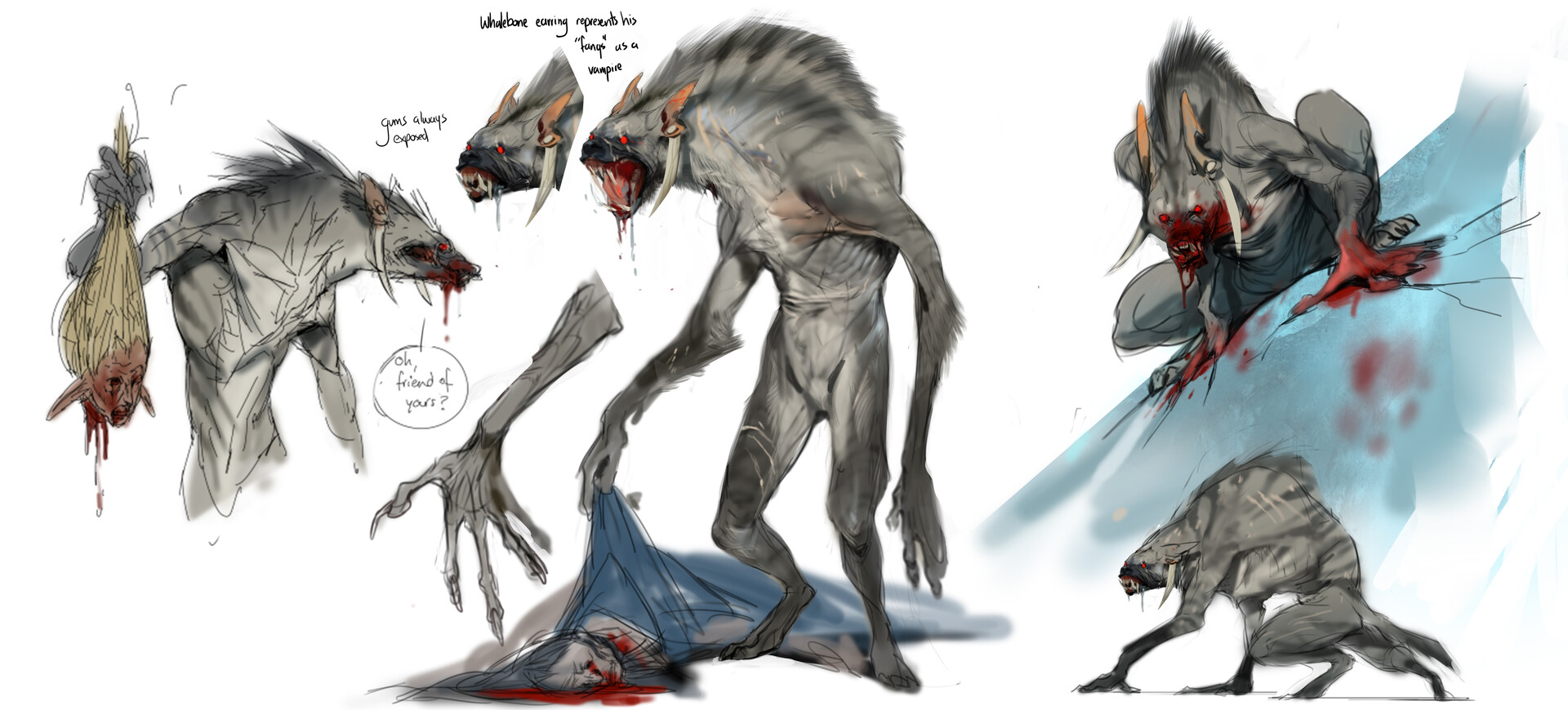
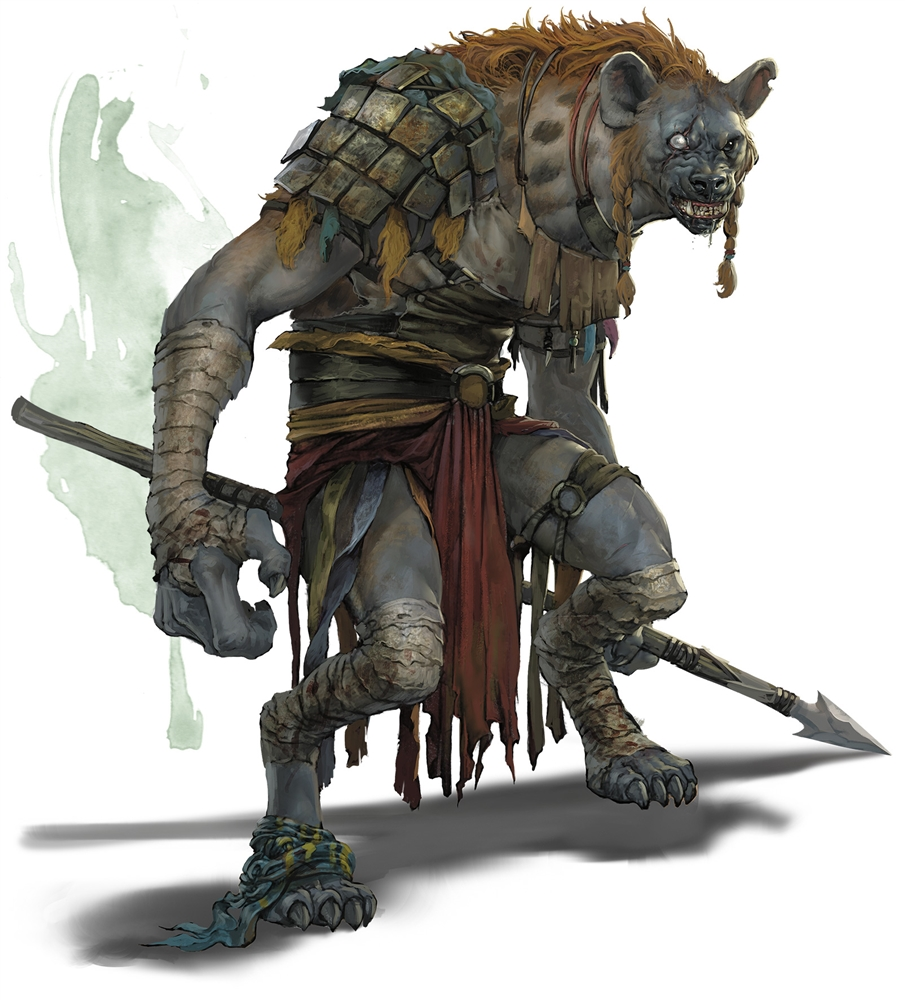
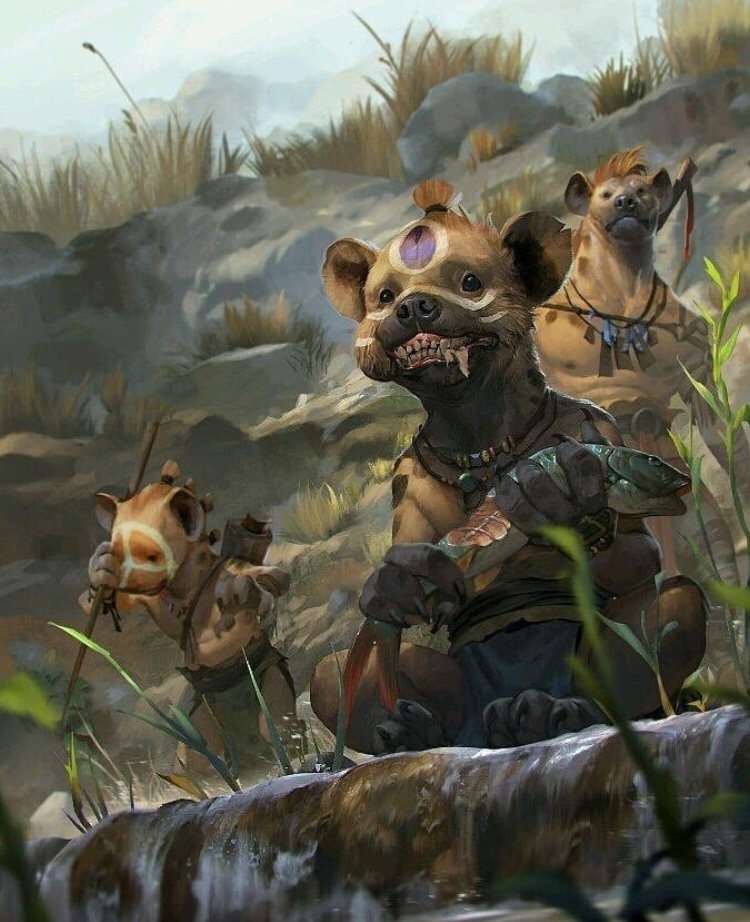
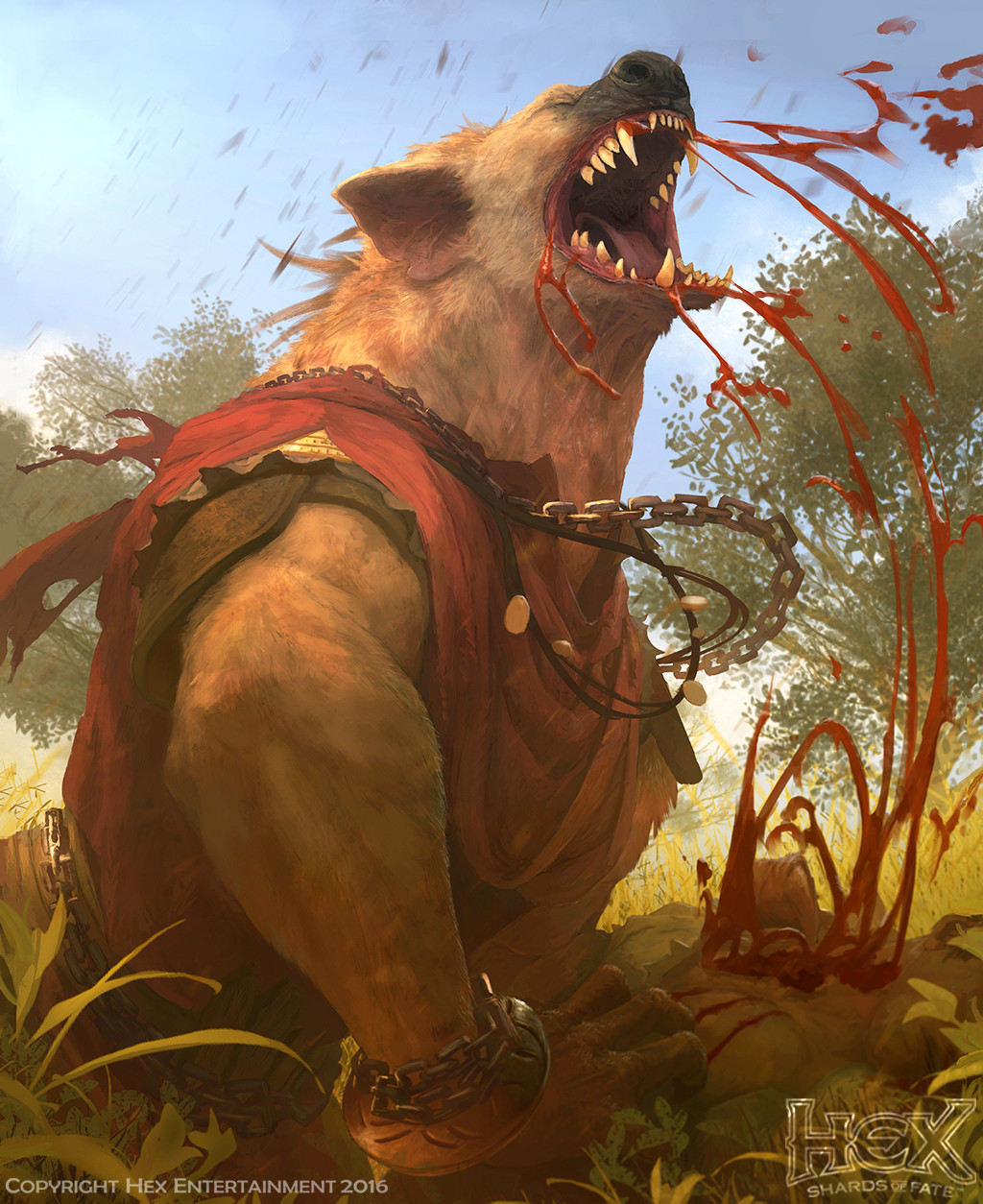
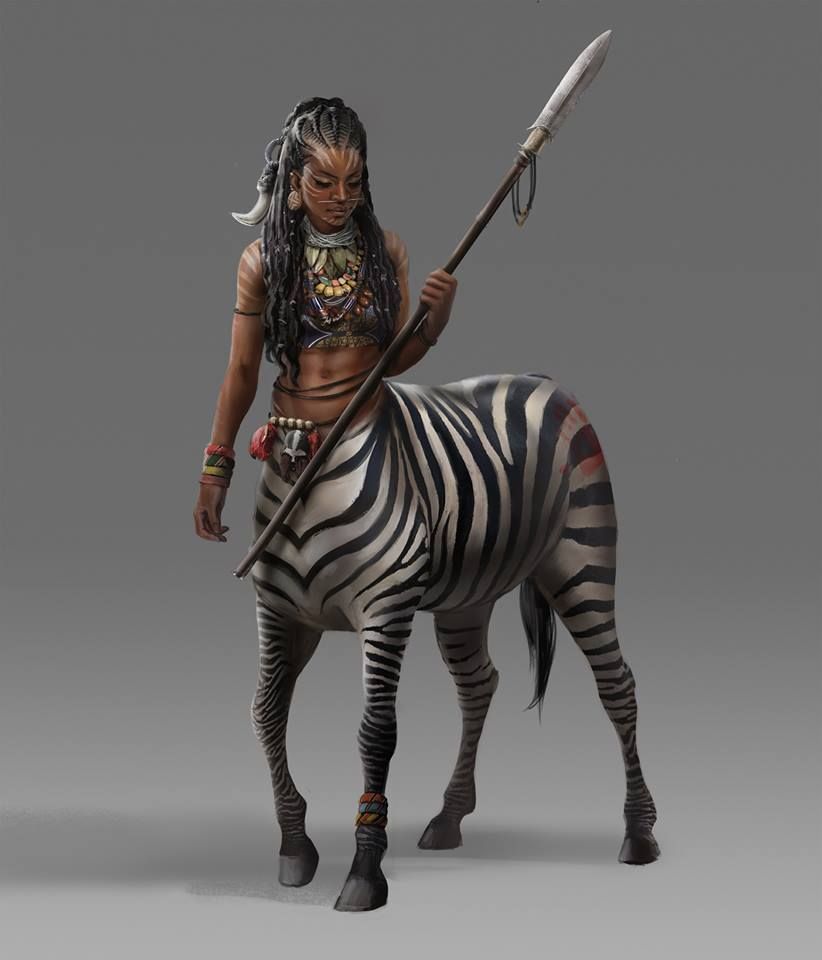
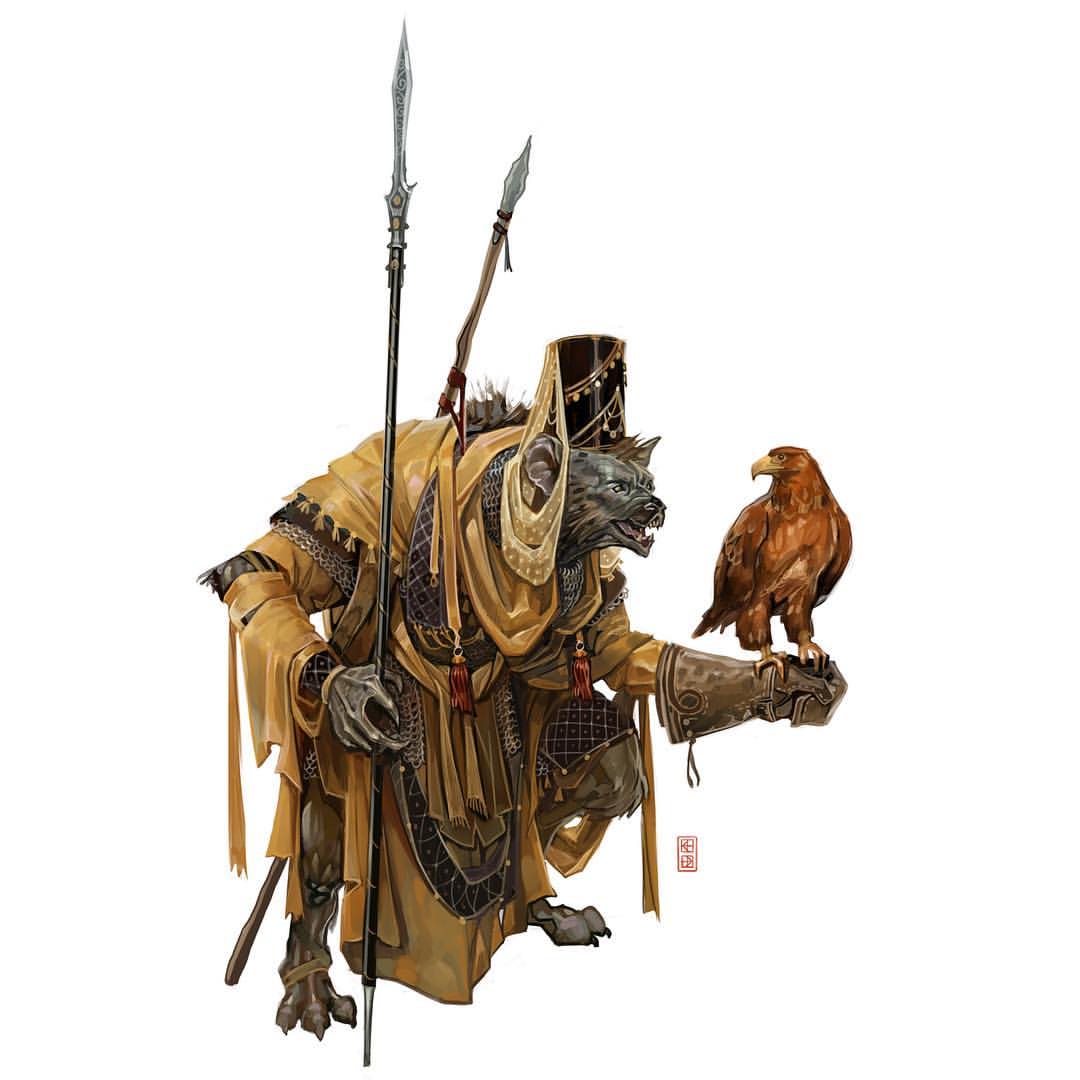
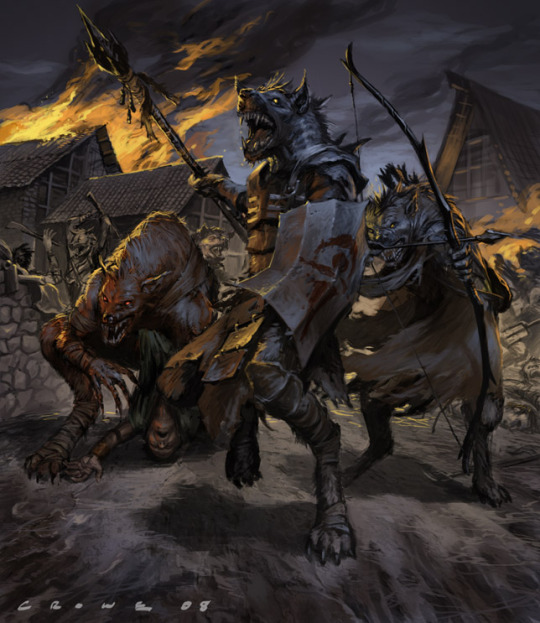
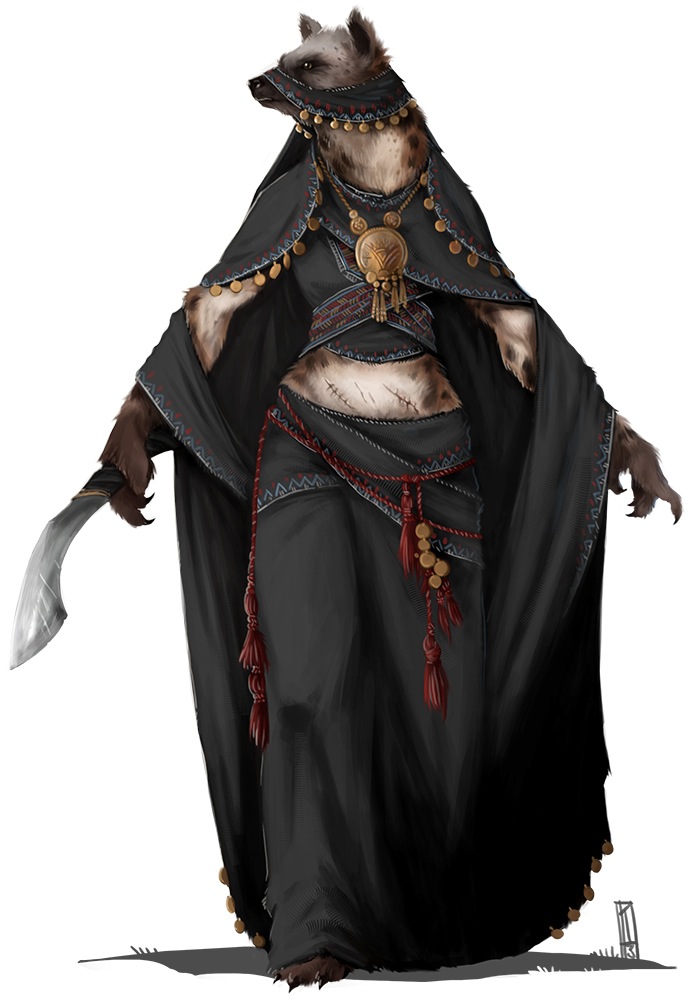
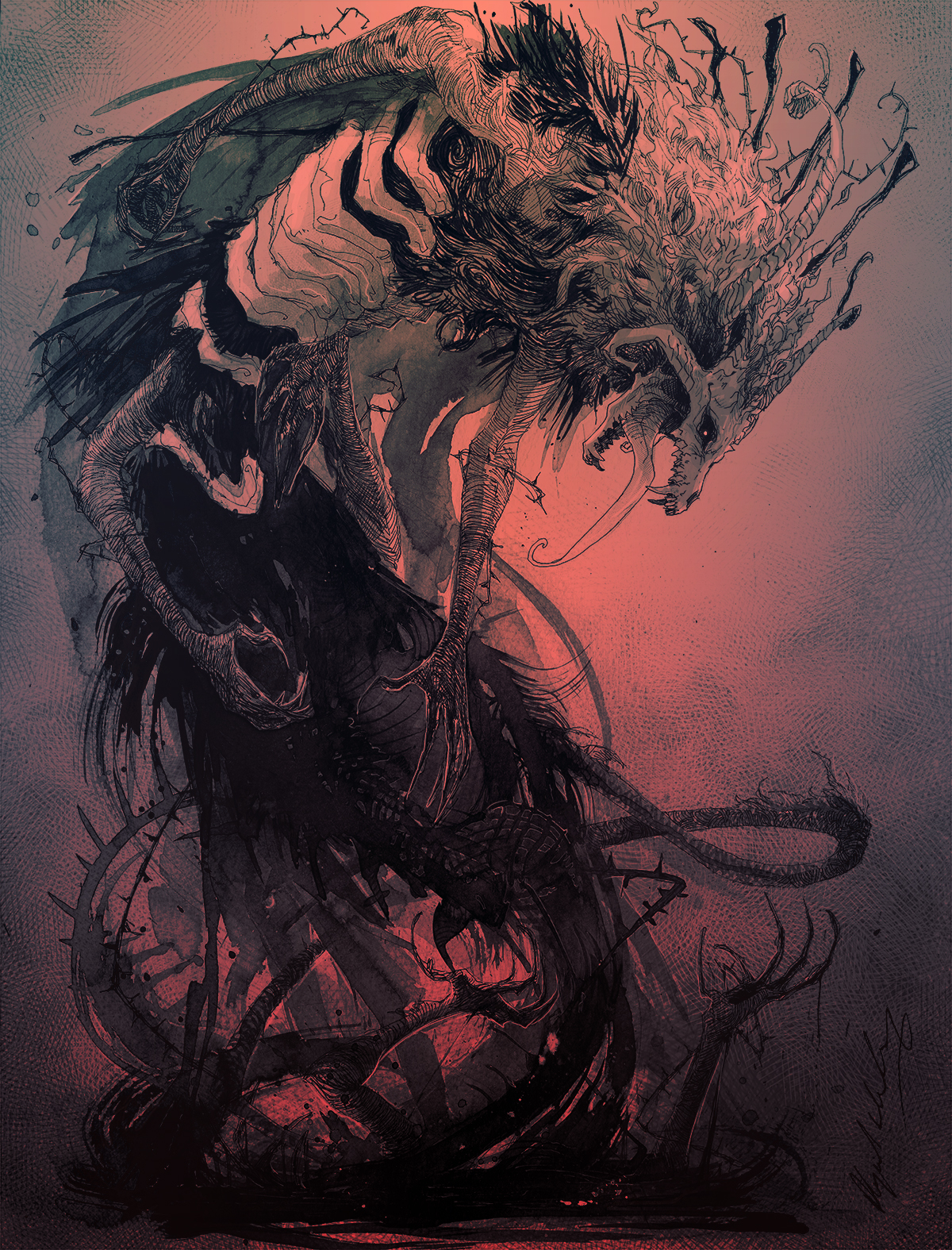
Comments